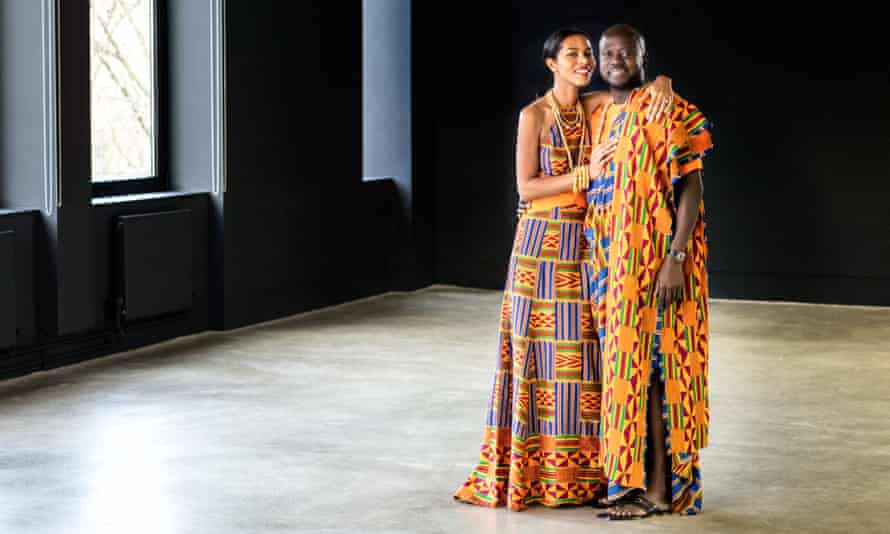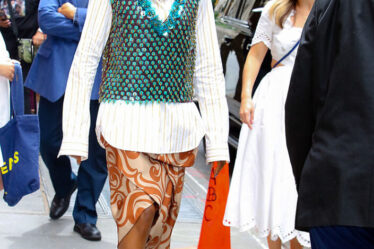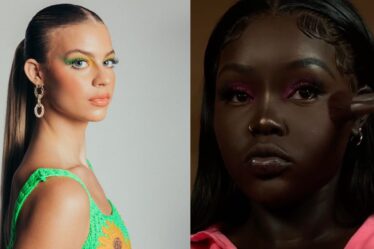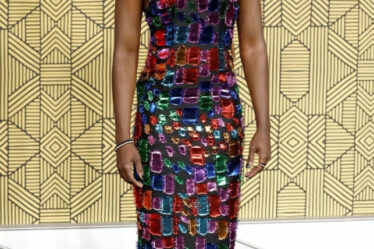
The Victoria and Albert Museum will open its first African fashion exhibition this week, more than 170 years after it was founded.
Featuring designers who have worked with names including Beyoncé and architect David Adjaye, Africa Fashion aims to look across the fashion of the continent, exhibiting designs, photographs and films from 25 of the 54 countries.
Christine Checinska, the curator of African and African diaspora fashion at the V&A, said the exhibition was overdue. “It is a moment of transition that marks the commitment that we have to celebrate African creativity across the board,” she said.
The V&A was founded in 1852 and its legacy and standing is tied up with British colonialism across Africa. Some of its most precious objects were acquired thanks to colonialism, such as the Maqdala treasures that entered the V&A’s collection after they were taken during a British military campaign in Ethiopia in 1868. This exhibition could be seen as part of a wider move to acknowledge these histories, and to bring a more diverse range of voices into the institution.
The exhibition has been more than two years in the making. The curator team consulted external experts, a group of young people from the African diaspora and an intergenerational community panel. The designers were also involved in choosing how their work was displayed.
“We wanted to showcase the pan-African fashion scene – that’s really what connects the creators in the show,” said Checinska. “So whether it’s Morocco to South Africa or Ghana in the west, [we want] to try to strategically break down those old colonial boundaries.”
Located in the fashion galleries, Africa Fashion is divided into two parts. The downstairs section covers historical outfits and images from the 1950s onwards, while the upstairs is devoted to contemporary designers and photography.
The former section is a primer for the rich fashion history overlooked by most UK galleries until now. It includes moments such as the then Ghanaian prime minister Kwame Nkrumah wearing kente cloth to announce his country’s independence from British rule in 1957, and the popular studio portraits by photographers including Rachidi Bissiriou, Sanlé Sory and Seydou Keïta, from the 1960s and 1970s.
Other cases explore the work of fashion designers – some of whom are household names across Africa, but are little known outside the continent. Names to note include Alphadi, a designer from Niger who used the metalwork of his Tuareg heritage on glamorous dresses in the 1980s, and Shade Thomas-Fahm, a designer favoured by Nigerian women for workwear in the 1970s.
Sign up to First Edition, our free daily newsletter – every weekday morning at 7am BST
In the upstairs gallery, designs from the modern era are strikingly political – brands such as Rich Mnisi, Orange Culture and Sindiso Khumalo address feminism and LGBTQI+ rights in their collections.
“I don’t think it is a new thing,” said Checinska, pointing to prints commemorating independence in the historical section. “What is that if it’s not wearing a message? It’s almost a modernisation of that textile tradition.”
Aesthetics that have their roots in African countries have long been subjected to cultural appropriation, with European designers using them in their collections. Africa Fashion purposely does not address this hot-button issue. “This is incredible work and we don’t want people to miss that,” said Checinska. “We’re centreing African creativity and we hope that people come in and they’re inspired, they want to go away and embrace and engage in a respectful way.”



